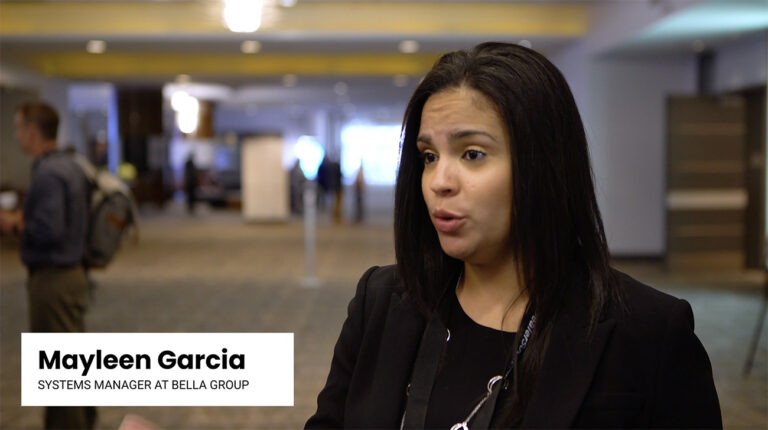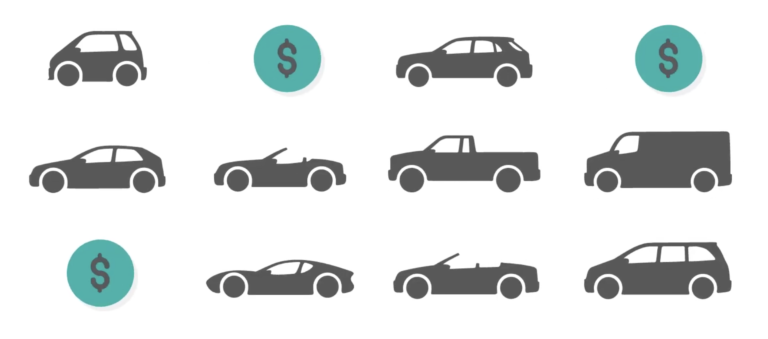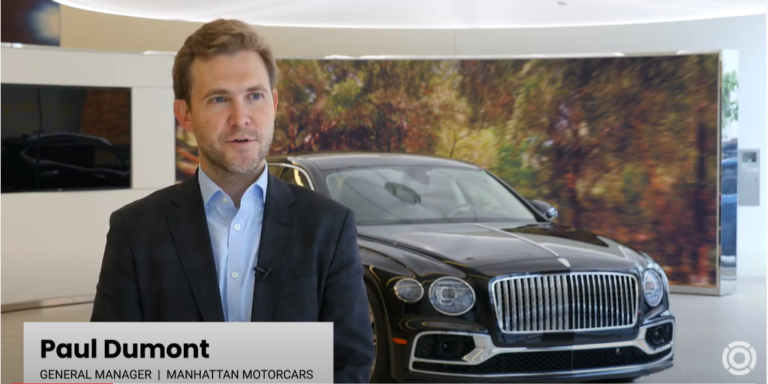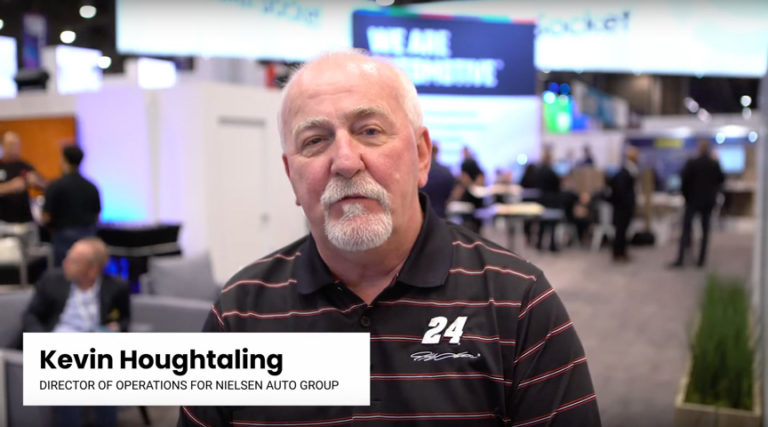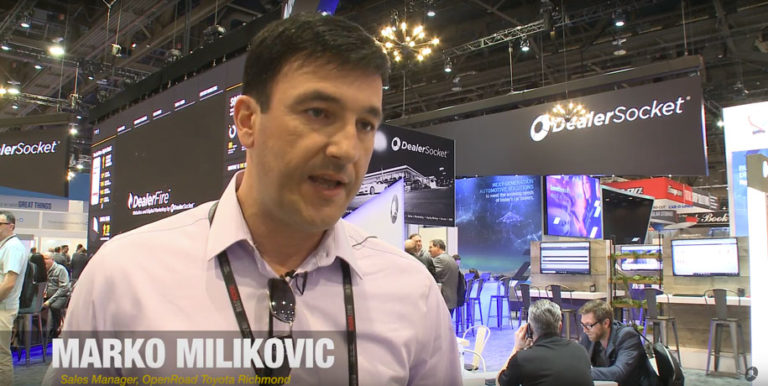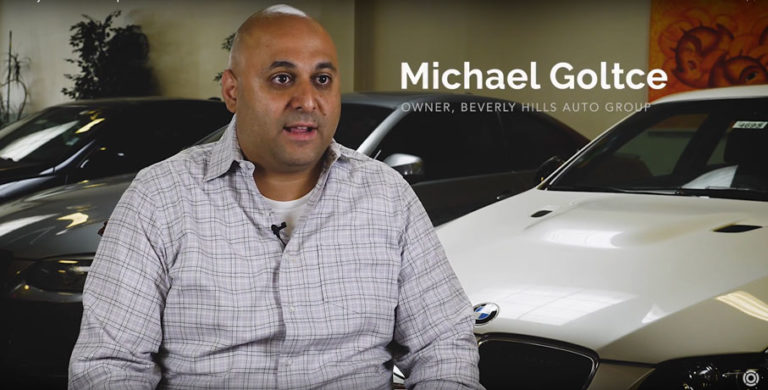Find out how Bella Group streamlines and simplifies processes and measures performance with the customization and reporting of Inventory+.
LotWalk connects your inventory management tool with your CRM by combining inventory data with lead data, and lead management with inventory data. Our proven formulas have helped our dealer clients sell more vehicles and help prevent leads from slipping through the cracks.
John Anderson
317-523-9455
[email protected]
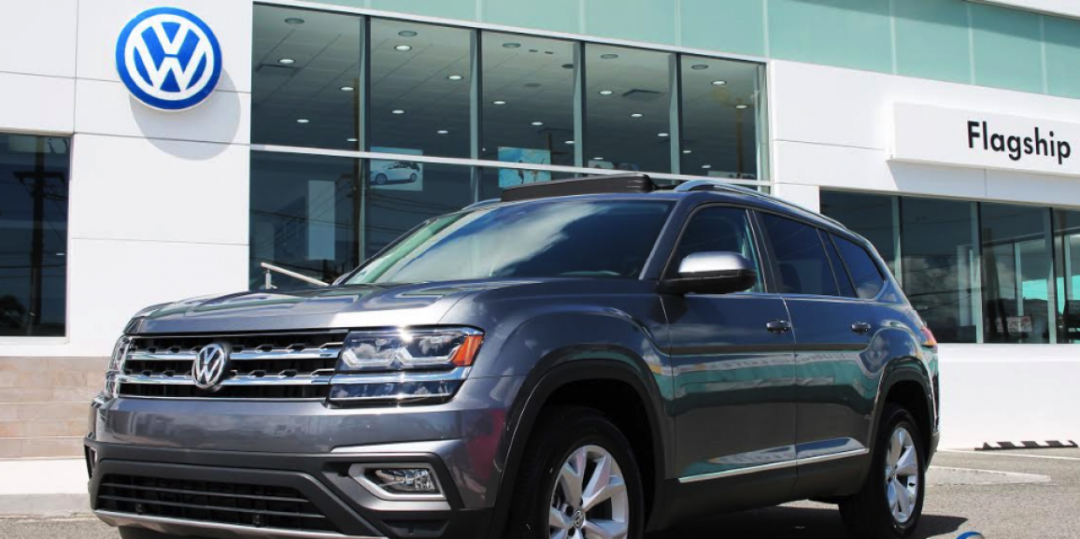
How Inventory+ works for your needs

Ready to Learn More?
The fusion of Inventory+ and Auto/Mate DMS gives dealers the ultimate platform fueled by innovation and award-winning customer service. We help dealers reach the pinnacle of success by putting their needs first and delivering products that boost profits and create a strong customer experience.
We believe technology has the power to transform the way that today's customers buy cars, so come see how we're forging the path ahead. Sign up here to speak with a Inventory expert!


DealerSocket’s retail focus helps Motors Northwest maximize profit
JT Curry, General Manager of Motors Northwest in Tacoma, Washington, isn’t nearly as concerned about the name on his dealership software as he is about the results those tools help his team generate.
When JT – a longtime Inventory+ user – took a flyer on a different tool, he realized how much better his retailing process was with Inventory+.
“I cheated on DealerSocket and tried out a competitor because they had one particular feature that I thought was really cool,” JT said. “But we learned pretty quickly the product is inferior to Inventory+. It just is.”
Sometimes, you don’t know what you’ve got until it’s gone. Luckily, when it comes to automotive software, you can go right back. And with Inventory+, JT and Motors Northwest did just that.


JT Curry, General Manager
Motors Northwest
Retail vs wholesale
The decision to come back to Inventory+ started with key part of Motors Northwest’s used car retailing process that served as an indicator of the fundamental difference between to two competing products.
“We write a description for every one of our cars,” JT said. “We send our cars out to a reconditioning place and have photos taken of them, and then we write a custom description for every single car that comes into inventory.”
The new tool didn’t allow JT and his team to do that, which impacted their ability to retail their inventory the way they wanted.
“Maybe you have to lean one way or the other, but I would tell you your competitor’s solution leans into the wholesale side of buying, marketing, and reselling your cars. And Inventory+ leans toward the retail side of marketing and selling your car,” JT said.
Focus on profit with TrueTarget
The biggest flaw in the wholesale approach is that it aims to help dealerships turn over their inventory quickly but sacrifices profit margins to do so.
“Your competitor turns everything into a race to the bottom. All they want to do is tell you how to become the cheapest car out there and sell as quickly as you can, for the cheapest possible price,” JT said.
To stay out of that “race to the bottom,” Motors Northwest relies heavily on TrueTarget to make informed pricing decisions that take all factors into account and help protect their profit margins from the start.
“It’s really important to know how I do with a Ford Mustang, but also how my local market does with a Ford Mustang,” JT said. “TrueTarget is really, really nice to have because it helps me make the most money possible on each car."
At Motors Northwest, the impact of TrueTarget can be felt beyond the standard appraisal process. JT and his team also use the reports while negotiating with customers during the sales process.
“We do it all the time when we’re in the middle of a sale and our cars are aggressively priced,” JT said. “We’ll print it out, hand it to the salesperson and have them show the customer. They know about Zillow for real estate, so we just tell them that this is like that for the automotive industry and that really helps.”


JT Curry, General Manager
Motors Northwest
How Can We Help?
We are proud to serve over 9,000 dealerships with our unified automotive retail solutions. Let's talk about how we can help drive operational efficiency and bottom-line results in your dealership.
Speak with an expert
"*" indicates required fields

Manhattan Motorcars integrates CRM and inventory management
How Can We Help?
We are proud to serve over 9,000 dealerships with our unified automotive retail solutions. Let's talk about how we can help drive operational efficiency and bottom-line results in your dealership.
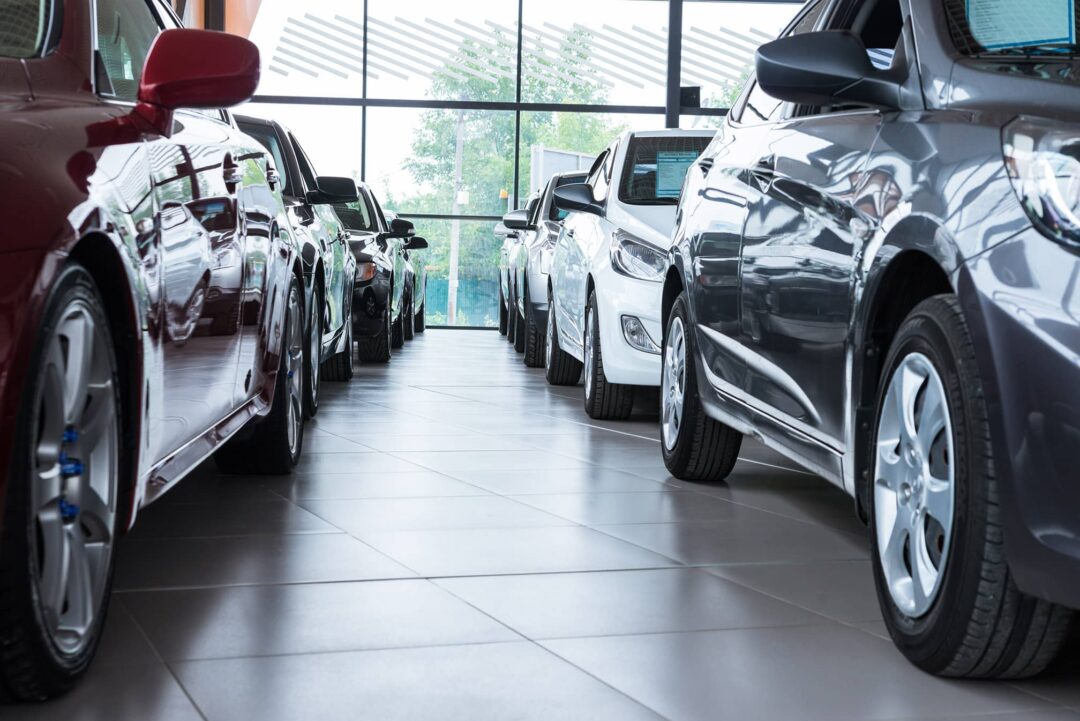
Lynnes Auto Group increases used car volume by 30% with Inventory+
Lynnes Auto Group operates three rooftops — Hyundai, Nissan, and Subaru stores — located on the same New Jersey street. Jose Dios, the group’s used car director, has tried multiple inventory management systems throughout his tenure, including Inventory+ for about 12-plus years.
When Dios took over as used car director, he decided to switch from vAuto to Inventory+. “There were a few obstacles in other systems that weren’t present in Inventory+. There was a lag in data, and the analysis of data wasn’t as in-depth. To complete one task, you’d have to move between multiple screens in the system. With Inventory+, we can make changes on the fly.”
Dios worked with his dedicated strategic growth manager (SGM), Darren Militscher, to get all three of his stores onto Inventory+. “Our implementation has gone extremely well,” he says. “Darren, our strategic growth manager, always picks up the phone. He’s on it. Even after hours or on Sundays.”
Militscher not only helped onboard the group to Inventory+, he helped train general sales managers on best practices. “The managers have taken to Inventory+ extremely well. It’s easy to use and not complicated,” Dios says.


Jose Dios, Used Car Director
Lynnes Auto Group
The GSMs at each store use Inventory +'s mobile app to start appraisals at a customer's vehicle on the lot, then book out potential trades using the tool on their desktop. “Inventory+ is extremely well thought out and user friendly,” Dios says. “The managers use Inventory+ when they’re working a deal to start an appraisal and then look at the appraisal details when I’ve completed my valuation.”
Dios, on the other hand, uses Inventory+ throughout the day. “I’m in and out of the system from the beginning of the day until the end of the day. It’s the only platform I use,” he says. “I used to have to jump between Reynolds & Reynolds, CarGurus, vAuto, and more. Now, I only live within Inventory+.”
Aside from using Inventory+ for appraisals, the Lynnes stores use the tool to price their used-car inventory competitively. “Inventory+ definitely has more competitive intel on how my competitors are pricing in my market, giving me a strong edge when it comes to my inventory,” Dios says, referring to the system’s TrueTarget pricing tool.
For example, if one of his stores adds a Nissan Altima, he uses TrueTarget to more strategically price his unit to drive traffic to his store.
Since moving to Inventory+, the Lynnes stores have realized a 30% increase in their used-car volume. “Compared to other inventory providers, you get more tools for what you’re paying for,” Dios says. They mention that Inventory+ is a stronger, quicker inventory tool that gives them an easier way to market online. When asked if they’d recommend DealerSocket to their peers, Dios says, “You’d be stupid not to look at it. It’s better than other inventory providers out there.”
How Can We Help?
We are proud to serve over 9,000 dealerships with our unified automotive retail solutions. Let's talk about how we can help drive operational efficiency and bottom-line results in your dealership.
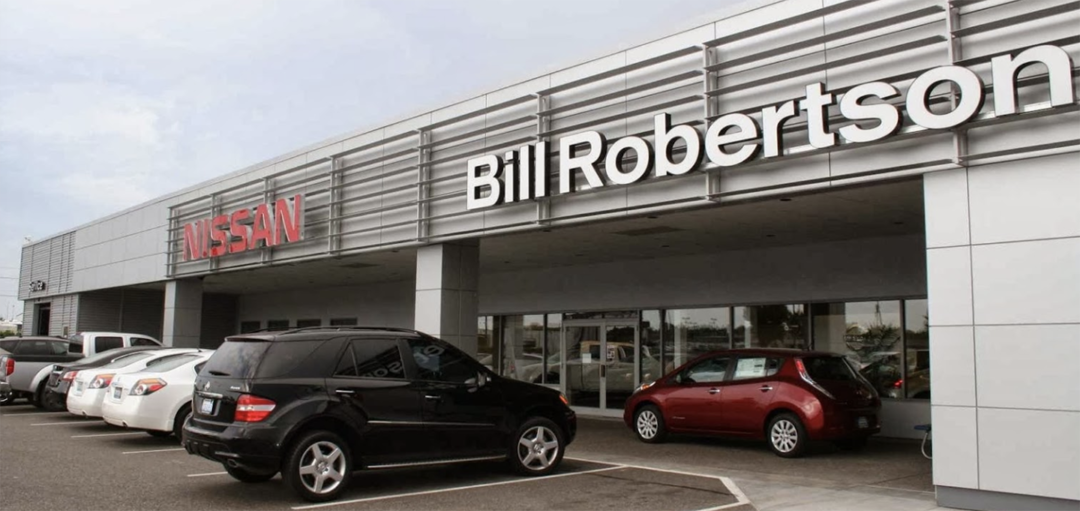
Bill Robertson Nissan partners with Inventory+ Strategic Growth Manager
Will Robertson, used-car manager for Pasco, Wash.-based Bill Robertson Nissan, was convinced that pricing a vehicle to sell was the right strategy — that was until his phone rang. It was his DealerSocket Strategic Growth Manager (SGM).
“He called me to suggest raising the price on the car I was going to sell below market ,” he recalls, adding that his SGM’s suggestion resulted in $2,000 incrimental gross profit. It’s just one of the many examples of when Robertson leveraged DealerSocket and its Inventory+ solution to maximize profit despite compressed margins resulting from e-commerce in the auto industry.


Will Robertson, Used Car Manager
Bill Robertson Nissan
“Customer service is where DealerSocket differentiates itself,” he adds. “My Strategic Growth Manager cares about my business and is proactive with his consultations. He forces us to be strategic and use Inventory+ to our advantage.”
Inventory+’s TrueTarget pricing tool is just one of the features Robertson uses to his advantage. “TrueTarget makes it easy to look at the market supply and price to target,” he says, noting that the tool’s ability to work on a desktop and a mobile device is especially helpful.
“I’ll use Inventory+’s mobile app for an appraisal — start to finish,” he says. “I can make all my evaluations and determine ACV through the mobile app. When it comes to repricing and merchandising, I’ll work in Inventory+ desktop.”
Robertson can list a host of scenarios in which Inventory+ has delivered — stories that usually end with a note about the support he receives from his SGM. “I once called him after 10:00 on a Saturday night with a problem,” he says. “He did not have access to his work computer , but he connected me with a team that immediately helped me to solve the problem. I was very appreciative.”
How Can We Help?
We are proud to serve over 9,000 dealerships with our unified automotive retail solutions. Let's talk about how we can help drive operational efficiency and bottom-line results in your dealership.
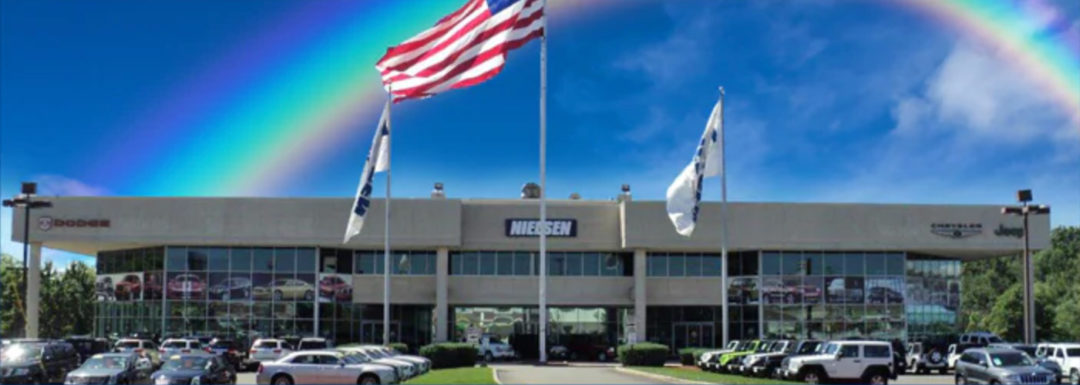
Nielsen Auto Group relies on Inventory+ consultant to drive profits
How Can We Help?
We are proud to serve over 9,000 dealerships with our unified automotive retail solutions. Let's talk about how we can help drive operational efficiency and bottom-line results in your dealership.
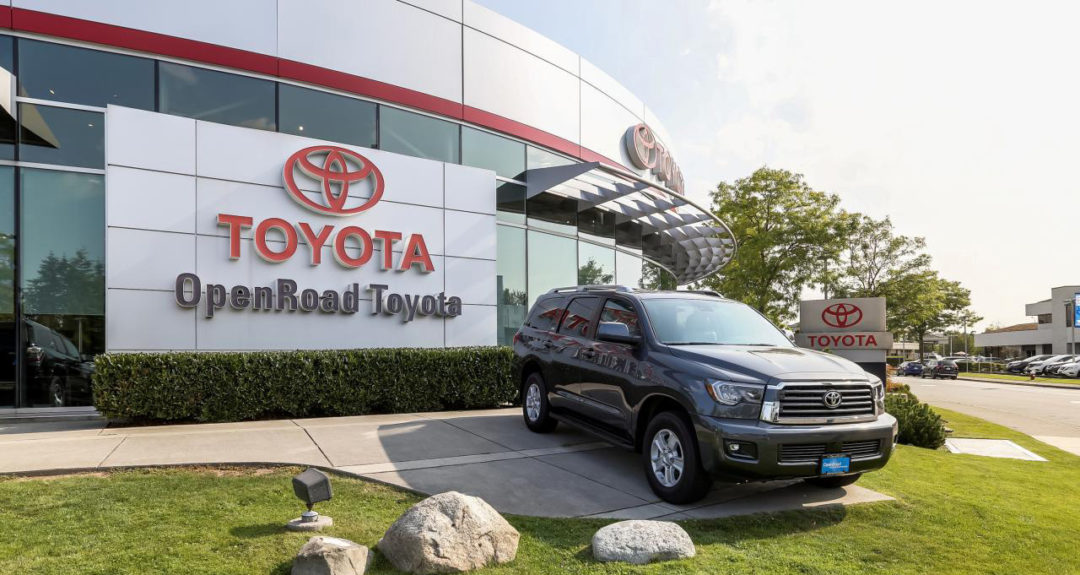
Do it all with DealerSocket’s Inventory+
How Can We Help?
We are proud to serve over 9,000 dealerships with our unified automotive retail solutions. Let's talk about how we can help drive operational efficiency and bottom-line results in your dealership.
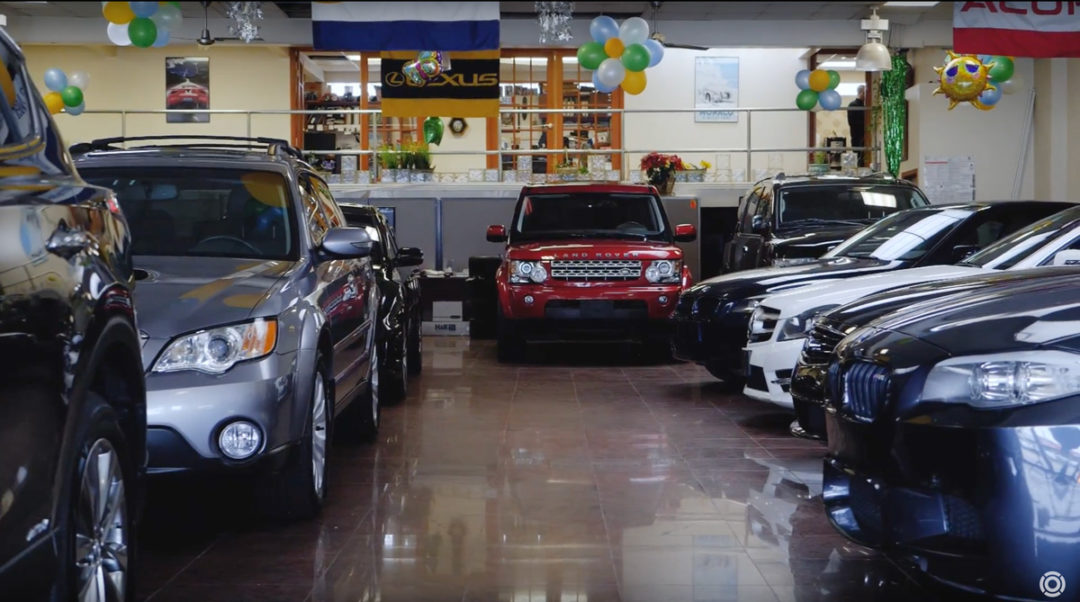
Beverly Hills Auto Group connects cars to customers
How Can We Help?
We are proud to serve over 9,000 dealerships with our unified automotive retail solutions. Let's talk about how we can help drive operational efficiency and bottom-line results in your dealership.

Time for new pre-owned pricing tack
COVID-19 confirmed that you don’t have to be the cheapest to move pre-owned inventory. Inventory management expert says it’s time for a new approach.
By Darren Militscher
For years, auto dealers were told they had to price pre-owned vehicles at 92 percent to market to move them. Of course, dropping prices forces your competitors to lower theirs, and so begins the race to the bottom. The problem with that approach is it has sucked billions of dollars out of the automotive market, with dealers struggling to average $1,500 in front-end profit per vehicle retailed even before COVID-19 hit.
The pandemic and the inventory shortage it caused confirmed that you don't have to be the cheapest. In fact, many dealers started pricing vehicles at 115 percent to 135 percent to market and generated more gross profit than they have in years. They're operating with less staff, less overhead, fewer days' supply and making two to three times more gross per vehicle than before the pandemic.
Do we have to return to normal? Or is it time to reset the market and create a new normal — one in which dealers can enjoy healthy margins again? I would argue the latter, and the way to do it is with data — not just data from your local market but the transactional data from your store.
3 Inventory Categories
Every store and brand has a different customer profile. What sells well down the street may not sell well at your store. So, instead of pricing used vehicles based on what a model sold for 3 miles away, price it based on transactional data from your store and whether that model falls into one of the following categories:
1. Core inventory: A vehicle is considered core if you have sold three or more in a 90-day period at an above-average profit. More weight is given to the last 14 days, which is approximately half the average turn time of 35 days (or whatever your average turn time is).
If you're a Nissan store, a pre-owned Altima is probably a core vehicle for you. If inventory data over a 90-day period shows you've sold four vehicles with an average turn time of 22 days and an average gross profit of $2,000, you don't need to be the cheapest in town. Typically, I recommend pricing core vehicles at 110 percent to market. Again, since the pandemic caused inventory shortages, I've seen many dealers be successful pricing core vehicles at 115 percent to 135 percent to market.
<>
Every parking spot in your lot is prime real estate, so fill up as many spots as possible with core vehicles. Knowing your core vehicles also helps with sourcing decisions. Just because Kia Optimas are selling in your market does not mean you should go to auction and overpay for one if it's not a core vehicle.
2. Noncore Inventory: These are your one-off sales, typically trade-ins and mostly off-brand. Maybe you've sold one model in the last 45 days but haven't been able to reproduce that sale. I recommend pricing noncore vehicles at 100 percent to market, because you don't have enough transactional data to guide you.
3. Priced-to-Sell Inventory: Models in this category perform terribly. The goal is to move these vehicles as quickly as possible, so you can restock your prime real estate with core vehicles. If you're part of an auto group, you might want to send this model to a store where it will perform better. I recommend selling vehicles in this category below market value. Cut your losses, move on and don't restock.
Tactical Pricing Changes
Once you've priced your vehicle, the next step is to drive the market up. Do this by raising the price, then dropping it back down temporarily. Repeat. One used-car director I know raised the price of a vehicle $1,000 above asking every Friday for three consecutive weeks. Try raising prices just before the weekend, then dropping them back down during the week.
A benefit of this pricing tactic is you'll have a few customers camped out on your vehicles, waiting for a price drop. When you raise the price, they'll get confused. They may even call to ask why you raised the price. Explain to them it's a market adjustment. The vehicle is in short supply and high demand. Then let the shopper know that if he or she can get to your store today, you'll honor the old price. You'd be surprised how often and how well this tactic works.

We all have an important question to ask: Was the belief that consumers always buy the cheapest ever really true? Data from sales transactions since March 2020 indicates no.
I see an opportunity here to reset the market, draw a line in the sand and reclaim your gross profit margins. Use your inventory tool to help make intelligent pricing decisions, based on transactional data from your own store and your local market data. If this strategy doesn't work for you, you can always rejoin the race to the bottom.
Darren Militscher is a nearly 20-year veteran of the automotive industry who serves as a Senior Strategic Growth Manager for DealerSocket. He started his career working on the inventory management solution that would become Inventory+. Email him at [email protected].
How Can We Help?
We are proud to serve over 9,000 dealerships with our unified automotive retail solutions. Let's talk about how we can help drive operational efficiency and bottom-line results in your dealership.

Think Outside the Box when Sourcing Pre-Owned Inventory
Do you want the good news or the bad news? The bad news is, I don’t see an end to the inventory crunch. I predict shortages will continue through mid-2022. The good news is, dealers are making more gross profit than ever. Margins are high and will remain so for some time. The only hitch of course, is that you have to have inventory to sell.
It’s time to get aggressive with sourcing efforts. Dealers are competing for pre-owned inventory with rental car companies as well as the CarMax’s and Carvana’s of the world. If you’re relying on the same old sourcing techniques you’ll be running out of cars sooner rather than later. Here are a few ideas.
Contact Unsold Customers
Make call lists of unsold customers going back three months. Some bought elsewhere but some did not buy at all. Vehicles belonging to those non-buyers may be worth thousands more than they were two months ago. Reach out to them. It’s worth a try.
Buy Lease Returns
Buy any and every possible lease return you can: whether or not it’s your brand, whether or not it’s from your own customers. Don’t pass on a vehicle just because it has damage. Age means nothing. Advertise and market the heck out of this.
Let customers know they might profit from any pre-set residual value that was set at inception of the lease. For example, if that purchase option was $10,000 and a dealer can pay the customer $14,000 for the lease return, that’s $4,000 cash in the customer’s pocket.
If you can’t sell the vehicles, wholesale them. The wholesale market is getting stupid. The rule of thumb with wholesale is that dealers may break even, lose $100 or make $100. Now dealers are making $3,000 profit on vehicles they would have called junk two years ago. I see dealers making $70K or $80K a month in wholesale profit. It’s a whole new profit center.
Establish a Service Drive Appraisal Program
There’s a right way and wrong way to source pre-owned vehicles from service customers. First, don’t put existing salespeople in the service department and expect them to be successful. Hire someone to work exclusively in the service department and pay them a base salary.
Don’t approach customers in the service drive. You don’t want to scare them away, so place signage in your service drive that promotes your free market valuation. When customers raise their hands, only then can the salesperson engage. For customers who don’t raise their hands, leave an appraisal on their front seat.
Pay More, Sell for More
I’ve had a few dealers tell me they don’t want to spend ridiculous amounts of money to buy pre-owned inventory. Yes, vehicles are way overvalued. But there’s no inventory.
Pay more to get cars that you would have passed on two years ago, but then sell for more. If you don’t pay more you’ll be sitting with no inventory, so get in the game.
Cast your marketing net wider. Customers are willing to drive a long way to get the vehicle they want. Dealers are holding their prices firm and customers are willing to pay. Many stores are averaging $3,000 to $6,000 front end profit per vehicle. Don’t bother looking at market data to see what cars are selling for because it means nothing.
Just keep raising prices, up, up and up. Trust me, your competitors are and they’re being very successful. Many dealers are having the best months they’ve ever had in their history. Cars are routinely priced at 135 percent to 145 percent to market, and customers are paying.
This craziness will probably continue for at least another year, so it’s time to think outside the box when it comes to sourcing pre-owned inventory. Hold free car clinics, leave cards on vehicles in grocery store parking lots, whatever it takes. Gather your team and brainstorm. Inventory won’t drive itself onto your lot.
Darren Militscher has more than 40 years of experience in the automotive industry and currently serves as a Senior Strategic Growth Manager for DealerSocket. He started his career working on the inventory management solution that would become Inventory+.
How Can We Help?
We are proud to serve over 9,000 dealerships with our unified automotive retail solutions. Let's talk about how we can help drive operational efficiency and bottom-line results in your dealership.
Speak with an expert
"*" indicates required fields
The current shortage of inventory has been a major challenge for the entire automotive industry: sales reps who depend on commission-based pay, auto workers facing a wave of temporary layoffs, suppliers grappling with the temporary shutdowns imposed by the automakers, and, of course, their customers. Everyone is feeling the impact of the new vehicle inventory shortages made even worse by the global semiconductor shortage in early 2021.
However, one group has been able to turn the inventory crunch to their advantage: dealers. With hardly anything new to sell, dealers are raking in more gross profit than ever.
Of course, the only hitch in what is otherwise such a sweet high for dealers is that you have to have inventory to sell if you want to remain on the upside of the supply-and-demand game of tug of war.
With experts predicting that the shortages will continue through mid-2022, there is no better time to stay in the lead and get aggressive with sourcing efforts. Dealers are competing with rental car companies and large, national used-car dealerships for pre-owned inventory. If you’re relying on the same old sourcing techniques, you’ll be running out of cars sooner rather than later.
Here are a few ideas that could help increase inventories despite the current supply-demand mismatch
Contact Unsold Customers
Make call lists of unsold customers going back three months. Some bought elsewhere, but some did not buy at all. Vehicles belonging to those non-buyers may be worth thousands more than they were two months ago. Reach out to them. It’s worth a try.
Buy Lease Returns
Buy any and every possible lease return you can: regardless of brand or customer. Don’t pass on a vehicle just because it has damage. Age means nothing. Advertise and market the heck out of this.
Let customers know they might profit from any pre-set residual value from lease inception. For example, if that purchase option was $10,000 and a dealer can pay the customer $14,000 for the lease return, that’s $4,000 cash in the customer’s pocket.
If you can’t sell the vehicles, wholesale them. The usual rule of thumb with wholesale is that dealers may break even, lose $100, or make $100. Now dealers are making $3,000 profit on vehicles they would have called junk two years ago. Dealers are making $70K or $80K a month in wholesale profit. It’s a whole new profit center.
Establish a Service Drive Appraisal Program
There’s a right way and wrong way to source pre-owned vehicles from service customers. First, don’t put existing salespeople in the service department and expect them to be successful. Hire someone to work exclusively in the service department and pay them a base salary.
Don’t approach customers in the service drive. You don’t want to scare them away, so place signage in your service drive that promotes your free market valuation. When customers raise their hands, only then can the salesperson engage. For customers who don’t raise their hands, leave an appraisal on their front seat.
Pay More, Sell for More
Some dealers don’t want to spend ridiculous amounts of money to buy pre-owned inventory. Yes, vehicles are way overvalued. But there’s no inventory.
Pay more to get cars that you would have passed on two years ago but then sell for more. If you don’t pay more, you’ll be sitting with no inventory – so get in the game.
Cast your marketing net wider. Customers are willing to drive a long way to get the vehicle they want. Dealers are holding their prices firm, and customers are willing to pay. Many stores are averaging $3,000 to $6,000 in front-end profit per vehicle. Don’t bother looking at market data to see what cars are selling for because it means nothing.
Just keep raising prices. Your competitors are, and they’ve been very successful. Many dealers are having the best months they’ve ever had in their history. Cars are routinely priced at 135 percent to 145 percent to market, and customers are paying.
This craziness will probably continue for at least another year, so it’s time to think outside the box when it comes to sourcing pre-owned inventory. Hold free car clinics, leave cards on vehicles in grocery store parking lots, whatever it takes. Gather your team and brainstorm. Inventory won’t drive itself onto your lot.
Discover how you can make increasing Profit Per Day™ easier by visiting https://dealersocket.com/products/inventory-management/
